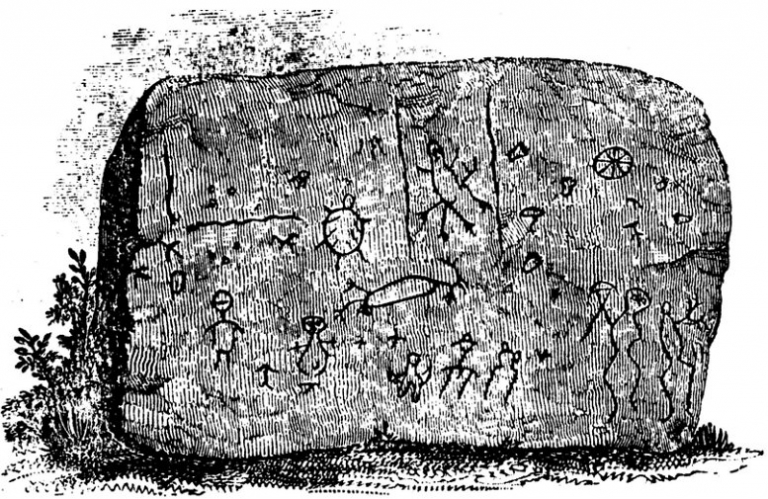
WEIRTON, W.Va. — When pioneers and other explorers first ventured into what would become West Virginia, they encountered artifacts of a much earlier age — carvings, burial mounds, and stone walls, the origins of which natives could not explain with certainty.
Petroglyphs inscribed in rock featuring human and animal figures were perhaps the most striking and inexplicable finds. Mounds and earthworks could be considered defensive or monumental — but carvings? They were undoubtedly communications.
Who were the creators attempting to communicate with, and why? Were the carvings inspired by ritual or simply human expression? Archaeologists can only speculate. Without written records, scholars may never know with certainty.
Scholars have, however, begun to piece together the larger story of life here before the written record, thanks to artifacts that remain — carvings, earthworks, and common relics such as arrowheads and shards of pottery.
Some of the most extensively carved rocks were in river valleys near many prehistoric settlements. Most are long gone, though others are protected by archaeologists who will not reveal their locations.
Some have been destroyed and incorporated into new construction. Others were drowned when rivers such as the Ohio, Kanawha, and Monongahela were locked and dammed for navigation.
One of the northernmost of these "Ancient Monuments" in West Virginia is now underwater along the Ohio River in the Maryland Heights neighborhood of Weirton, West Virginia.
As the monument is known today, the Half-Moon Site was surveyed in 1838 by James McBride — long after its discovery by European explorers. His account was published in 1847 in Squier and Davis's "Ancient Monuments of the Mississippi Valley," later reviewed by the Ohio Historical Society and republished in the West Virginia Archaeologist in 1978.
“July 4, 1838. When making a survey of a turnpike road up the Ohio River, on the of the (sic) third of July 1838 in the evening encamped on the farm of Mr. Ephraim Cable four miles above Steubenville. On the next morning July 4th accompanied by John W. Erwin, Civil Enginer (sic), crossed the Ohio river to the Virginia side, for the purpose of examining a rock which we were informed was on that side.”
“We found the rock lying on the Virginia side of the river. It lies about three feet above low water mark, having a flat surface of about nine feet by seven inclining a little toward the water. It is of hard sand stone, and all over the surface are various figures cut and sunk into the hard rock, amongst these figures are rude representations of the human form, tracts (sic) of human feet representing the bare foot and print of the toes as if made in soft mud, tracts of horses, turkeys, and a rabbit. Several figures of snakes, a tortois (sic), and other figures not understood. A drawing of them was made on the spot by Mr. Erwin as here represented.
"There are a number of other rocks lying on the shore both above and below the one on which the figures are cut, which appear as though they had at some former period rolled down from the hill above. Below this rock is one of much larger size, being about twenty feet in diameter, with a flat surface inclining upstream, on which are several deep cuts or the remains of figures, with which the rock may have been covered; but owing to its exposed situation the current of the river, ice and other floating substances have worn the face of the rock and defaced the figures upon it.”
James L. Murphy, of the Ohio Historical Society, noted in his review of McBride's survey that the sketch of the rock and petroglyphs was likely inaccurate, though that criticism did not devalue the find.
"It seems clear from McBride’s description that Squier and Davis’ drawing is also inaccurate in portraying the petroglyphs as lying on an upright, monument-like slab of sandstone, for McBride clearly states that the rock had a flat surface “inclining a little towards the water.” The other discrepancies between McBride’s drawing and Squier and Davis’ are probably due to artistic licenses or carelessness on the part of the engraver.
Perhaps not surprisingly, the Half-Moon rock is only one of many archaeological sites in the Ohio Valley near Weirton and elsewhere in West Virginia.
Read also: Geologic anomaly visible only from space; Ghostly rumble tied to an underground source
Do you think you've found an archaeological site in West Virginia? Many such sites have been cataloged, though their locations have not been publicized. This allows archaeologists to help protect them. Trained investigators best explore such delicate, finite resources.
Contact the W.Va. Division of Culture and History at 304-558-0220 if you've found an archaeological landmark or relic.
If you want to support or learn more about archaeology in West Virginia, contact the West Virginia Archaeological Society or the Council for West Virginia Archaeology.
Mysterious stone face attracting curious in New River Gorge
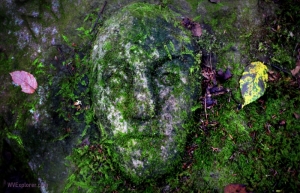
An enigmatic stone face carved into mossy sandstone along the rim of the New River Gorge is attracting increased attention as hiking, biking, and climbing in the region grows. Though its origins are popularly regarded as a mystery, the bas-relief countenance was likely carved in the 1950s, and the son of its creator may still live in the area near Fayetteville, according to residents who still regard it with a sense of awe. Read the full story here.
Sign up for a FREE copy of West Virginia Explorer Magazine in your weekly email. Sign me up!




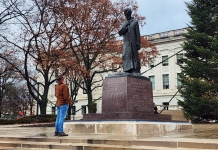
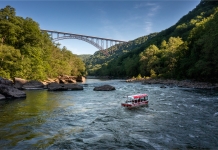
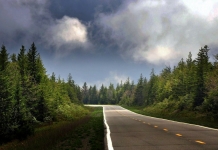
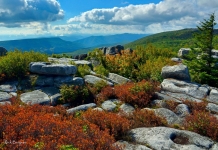
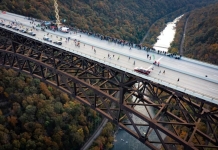


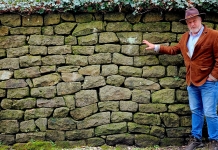
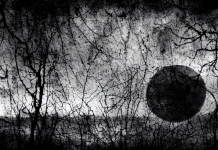
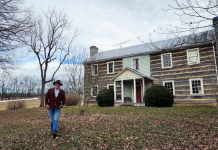
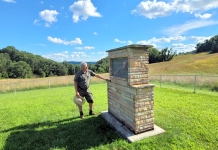

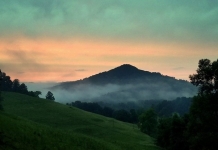








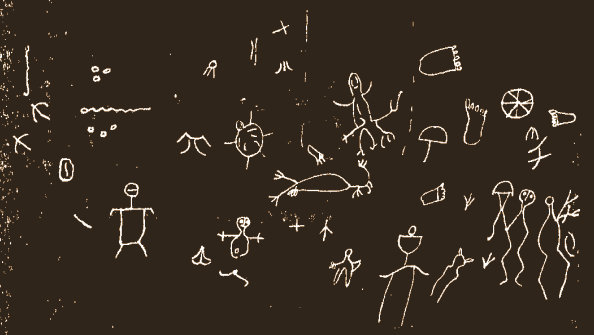




Facebook Comments